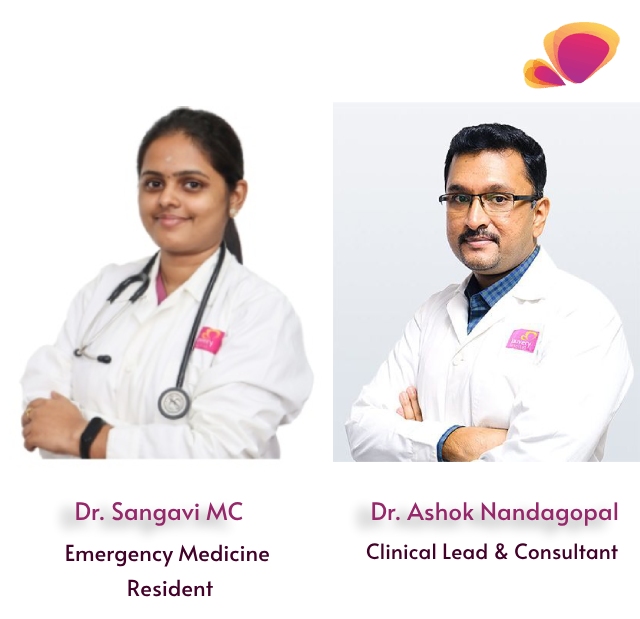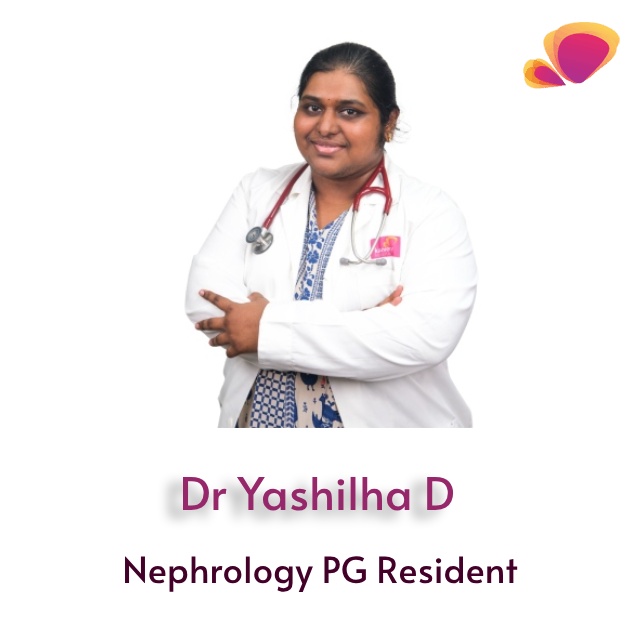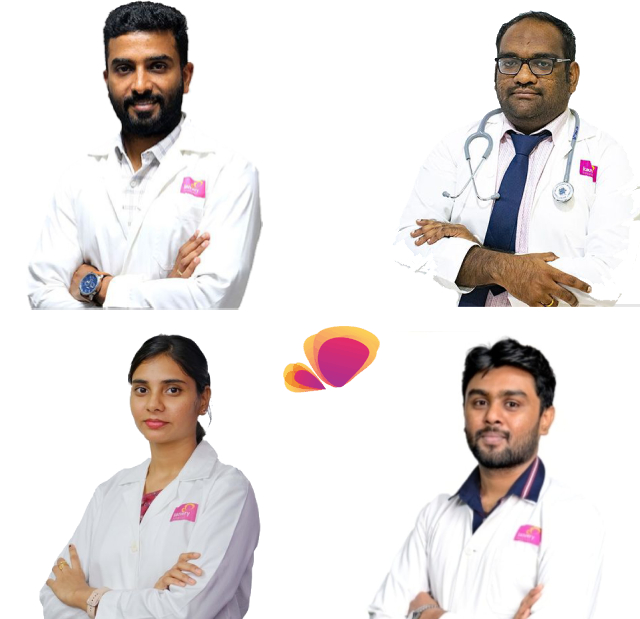IMA Journal – February 2025
Message from Team IMA Chennai Kauvery Alwarpet Branch

Dear Colleagues,
Dear IMA members warm greetings from IMA Kauvery.
This month we are very happy to share that Kauvery Hospital’s Vadapalani branch has been licensed with JCI Accreditation.
Kauvery Hospital is a healthcare organisation with the best clinical practice where constant improvement in the state of art infrastructure is happening to meet the requirements of the patients.
We extend our best wishes and hearty congratulations to Kauvery Team.
This month is yet another platter of interesting case studies to quench the knowledge hunger.
Thanking you.
Yours in IMA service,
Dr S Sivaram Kannan
President

Dear IMA members,
IMA journal is the perfect bridge which connects clinical practice and academics.
Enjoy the articles published this month.
Yours in IMA service,
Dr. Bhuvaneshwari Rajendran
Secretary

Dear friends
I am happy to present the next edition of our IMA Journal.
The postgraduates and respective consultants are enthusiastic to contribute monthly and we are thankful to them.
The kind of academic medicine being practiced in our hospital is very satisfying. We are happy to share this with all of you.
Thanks to branding and editorial team.
Your feedback and suggestions are welcome.
With best regards
Dr. R. Balasubramaniyam
Editor

Bochdalek Hernia - Rare Presentation in a Paediatric
Abstract
Bochdalek hernia is one of two forms of a congenital diaphragmatic hernia, the other form being Morgagni hernia. A Bochdalek hernia in which an opening exists in the infant’s diaphragm, allowing normally intraabdominal organs( particularly the stomach and intestines) to enter into the thoracic cavity. In the majority of people the affected lung will be deformed and the resulting lung compression can be life threatening. Bochdalek hernias occur more commonly on the posterior left side( 85%, versus right side 15%). Bochdalek hernia is more common in neonate and rarely seen in paediatric and adult group. Life threatening complications may develop in asymptomatic patients over time.

Management of a patient with Melioidosis – A case report
Abstract
Meliodosis is bacterial infection caused by gram negative bacillus called Burkholderia pseudomallei. It is endemic in tropical and subtropical regions of world. Clinical manifestations can vary which include pneumonia, abscess, joint infection, non-healing ulcer and sometimes severe sepsis requiring ICU admission. This article explains the management of a case of melioidosis in our ICU with our multidisciplinary approach.
Introduction
The infective pathogen Burkholderia pseudomallei was first recognized in 1911 in rhinosphere and ground water in tropical and subtropical regions.

Obstruction to Optimisation Hyphen Hypertrophic Obstructive Cardiomyopathy (HOCM)
Case Report
76-year-old Mr M (identity concealed) presented to us with Class II-III dyspnea on exertion and three episodes of syncope. His echocardiogram elsewhere showed severe left ventricular outflow tract obstruction. Evaluation by our team revealed a significant hypertrophic obstructive cardiomyopathy (HOCM) with a LVOT gradient of 90 mm-Hg and a severe mitral regurgitation (MR). The basal inter-ventricular septum was 26 mm in thickness. Electrocardiogram showed significant left ventricular hypertrophy with left axis deviation. Chest x-ray showed an LV type of apex with LVH.

Incidence and Risk Factors of Infections in the First Year Post Renal Transplantation - Single Centre Study
Introduction
Infections remain a common complication of solid organ transplantation. They are the leading cause of morbidity and mortality in the renal transplant recipients. Most infections in the first month of transplant are typically hospital acquired whereas infections in 6-12 months are community acquired infections. (1) Opportunistic infections most frequently occur in the first year post transplant. Infection exposure may promote rejection, block tolerance or stimulate cross reactive cellular alloimmunity.(2)
Aim
To determine the incidence of infections and associated risk factors in the first year post renal transplant.

Glossopharyngeal Neuralagia - Managing Options
Introduction
Glossopharyngeal neuralgia (GN) is a rare pain syndrome, characterized by an abrupt onset of brief episodic unilateral/bilateral pain, with sharp and stabbing in character, along the glossopharyngeal nerve distribution region (angle of the jaw, ear, tonsillar fossa and the tongue base). The pain of glossopharyngeal neuralgia follows a relapsing and remitting pattern. Occasionally, the painful attacks of glossopharyngeal neuralgia were associated with syncope transient or persistent bradycardia, asystole, and even seizures (Vagoglossopharyngeal neuralgia). Usually the symptoms often triggered by persisting cough, talking, or swallowing. Symptoms and signs are often confused with trigeminal neuralgia (TN) pain because of both the conditions share similar area of distribution and characters.

Imaging Spectrum Of Intraperitoneal Focal Fatty Infarction
Introduction
The term intraperitoneal focal fat infarction (IFFI) refers to a variety of self –limiting clinical conditions causing localized necrosis of fatty tissue. Most IFFI cases are associated with torsion or infarction of the greater omentum or epiploic appendages. Although less frequently, torsion of peri gastric ligaments can also lead to fat infarction. Clinically, IFFI can mimic other conditions such as acute appendicitis or diverticulitis, which complicates accurate diagnosis. Imaging modalities like ultrasound (US) and computed tomography (CT) demonstrate high sensitivity and specificity for diagnosing IFFI while excluding other conditions.


